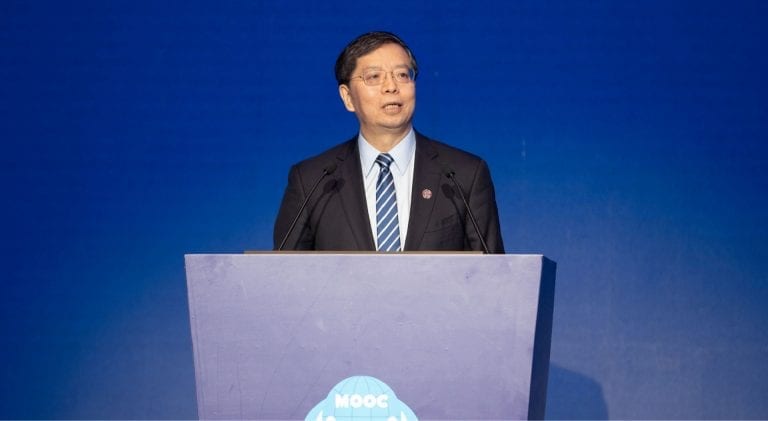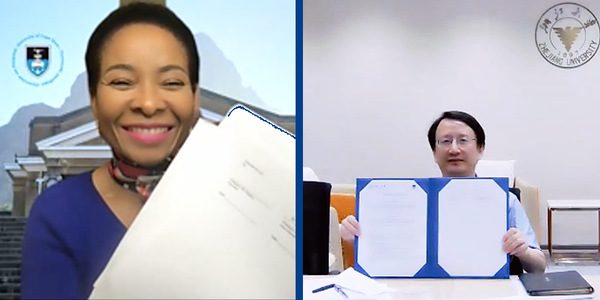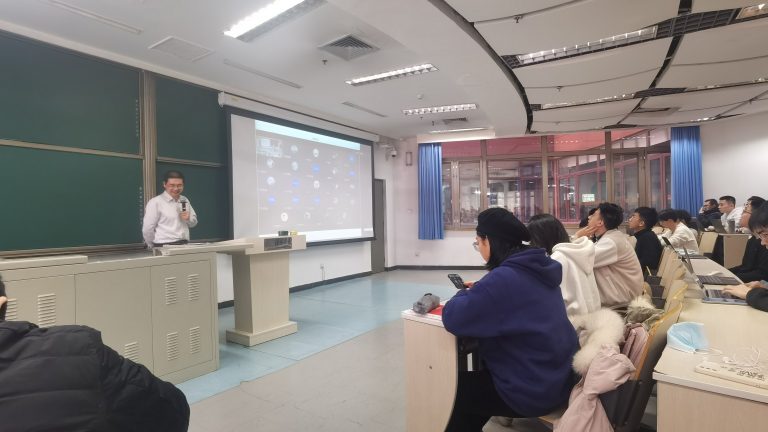This article has a total of 1600 words and takes about 8 minutes to read.
Online Education Dialogue (OED), hosted by the Secretariat of the Global MOOC and Online Education Alliance, aims to focus on capacity and community building for “digital learning officers” through a workshop training series and MOOC courses. This webinar aims to inspire and guide “digital learning officers” in understanding the importance of the changing roles of faculty and administrators in capacity building under the new normal.
The Secretariat recently launched new columns named “Online Education Dialogue” and “SDG Dialogue” to disseminate, introduce and promote cutting-edge research, expert perspectives, and news trends related to the digital transformation of higher education. The editing team makes necessary language enhancements based on the original texts for quick reference.
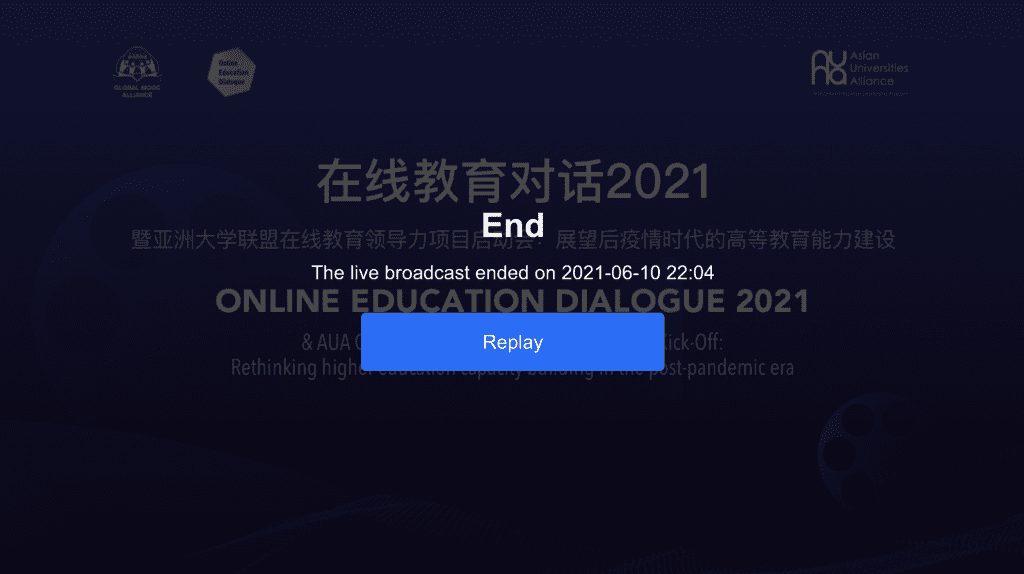
1. YANG Bin: Paradigm Shift in Action — Rethinking Higher Education in the Post-Massive Era
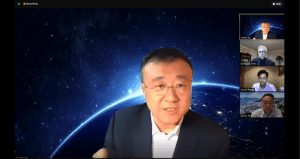
Vice President of Tsinghua University; Vice president and director of the online education committee at the Chinese Society of Academic Degrees and Graduate Education
Integration, Exchange and Diffusion
Firstly, online and traditional offline teaching should not be seen as isolated. The integration mode can be considered, which means we can also help students to obtain resources in traditional classrooms through various online ways relying on the concept of “enhanced learning”. This is not only the integration of online and offline, but also the international, inter-generational, interdisciplinary, inter-institutional and inter-academic and inter-industrial integration.
Secondly, more virtual exchange programs should be encouraged. Although compared with traditional exchange programs, students may lack some experience of local culture and campus infiltration, the opportunity to dive into a classroom at a lower cost will also benefit the participants.
Thirdly, lectures and salons on campus should rely on very simple online technology for simple online content sharing, especially thesis defense and project summary. This is conducive to the realization of knowledge sharing and diffusion. In terms of form, it doesn’t matter whether it’s synchronous or asynchronous.
The Challenges of Online Education
Online education has become an essential part of education and teaching, but colleges and universities must be aware of the fact that after the normalization of epidemic prevention, most teaching institutions have put online education aside, and put it on the shelf. MOOC development somehow lost its momentum as well. There is still a recognition that schools regard the integration of online education (rather than a replacement) as an emergency measure rather than a strategic task.
The need to recognize that the MOOC and online education that have been carried out on a large scale in the past period have shown advances in technology, but there have also been some backward developments in pedagogy and educational concepts. The MOOC are still primarily concerned with presenting so-called quality courses. It’s more like a single-direction broadcasting mode. Some of the mature courses have been spread more widely, but at the same time, some institutions, which were originally disadvantaged, are only passive receivers of this content. They are not participating as contributors. We want to see Internet-based development be more decentralized, to be more grass-roots-based, but this is not reflected in our online education. Prosperity must come from diversified co-construction, especially the contribution of niche.
We hope that in the future, after we use technology to achieve the spiral sublimation of pedagogy, more learners can become content contributors and promote the seamless integration of online education. The Global MOOC and Online Education Alliance will also actively launch the series of Online Education Dialogue to allow universities, teachers, students, platforms, and other online education stakeholders to fully communicate, always remain active, and arouse more people to continue to explore the paradigm shift.
2. Lionel Ni: Online Education at HKUST from Teachers’ Perspective

President, Hong Kong University of Science and Technology (Guangzhou)
Move Forward with Exploration
Communication and training make online education more efficient. The Associate Dean and the Center for Education Innovation at HKUST will offer departments the opportunity to communicate to help faculty solve problems on the spot and so on. In order to simplify the feedback procedure, we provide so-called “One-Button Feedback.” To conduct seminars from beginning to advanced level, from the technical aspect to the functional aspect, we trained the students first, and then the teachers, which is repeated continuously. We also have a live FAQ and encourage the faculty and department to run their own resource sharing, creating a community to share their experiences with other faculty members, so we can feel the peer pressure from others. So everyone gets used to this mode.
Back to Classroom: a New Choice
Different faculty will be feeling differently. Some may feel more pressure or they may respond differently due to the disruption. Most of the faculty realized the need for online teaching, and they tried to accommodate it. But there is always a small set of faculty who refuse to do it.
People are getting used to them after the pandemic. First, they will accept new technologies. Second, new technology will be an option for their in-class teaching as well. You don’t have to stick with one technology in the future. Depending on the nature of the classes, you can switch from one to the other. I’ve seen people accepting new technology now. I think it’s easy for faculty to think about adopting the new teaching pedagogy. It’s become easier to do now.
3. Nicholas B. Dirks: How to Make Online More Efficient and Integrative?
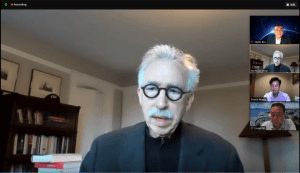
President and CEO, New York Academy of Sciences; Former Chancellor, University of California, Berkeley
What Works?
In fact, it’s taken much longer for online education to become both productive and not completely destabilize the things that students, professors, and others value most about the traditional ways in which we deliver higher educational material. We have learned not only that we can use online platforms to teach but that we have to figure out what works and what doesn’t work.
We often found that the large lecture courses were recorded and could be very effective because students could access them directly. But the truth of the matter is that the most engaging interactions that developed online were oftentimes the tutorials, one-on-one interactions between professor and student. And that is where I think we’re going to continue to see that there will be the capacity for students to say, look, it’s hard for me to find this professor, but now online I’m able to set up an appointment for 15 minutes just to go over my concerns about this particular subject or that particular project that I’m engaged in. In my experience, in the US, the format that worked the least was the small class of about 10 students, up to 35, 40, or maybe even 50 students. Because the discussion was hampered by the online format, it was difficult for professors to really see when the students were understanding what was going on.
So, the big lectures will continue and there will be an increasing use of online tutorials or office hours. But there will be a lot of mixing and matching of in-person and online methods in order to ensure that the kinds of interactions where you really understand what’s happening in terms of student learning can be addressed.
Facing Opportunities and Challenges
The opportunity is, of course, to personalize education more. As we’ve seen over the last 10 years since the great tsunami of online education hitting higher education, we’ve actually seen a great deal of development in personalization. For example, sometimes using artificial intelligence in developing learning systems that allow students to try out something, to fail, to find out where they make mistakes, and then to have the artificial intelligence-driven platform help them correct them. When it comes to working through problem sets or even qualitative material, that kind of personalized attention can be addressed in learning systems.
The most important thing we’ve been trying to deal with is how to maximize student engagement during a time of the pandemic when people have all been in some sort of isolation; that is, to maintain a sense of active learning. In thinking about learning, there are a whole set of elements that I think will help us understand how best to use online resources in the future if we identify them. One of them is that students learn best when they are engaged in problem-based learning (PBL) or challenge-based learning (CBL).
Embrace Technology and Move into the Future
I believe that VR and AR technologies will transform many of the limitations that have existed in the online world, whether in dancing, laboratory science, design, or even the arts in general. And as we’re able to use those technologies, I think it will break some of the barriers that used to make certain subjects much more difficult to teach that required some kind of practical or physical involvement, engagement, or experience.
We know that, in some instances, it will be difficult to provide for everyone, and technology will be able to democratize some of the wonderful resources of elite universities and the greatest professors. But we should be careful to think about how we include it. The lesson is that in the Internet experience in the U.S., we realized that without broadband everywhere across the country and without the kinds of infrastructure that are necessary for students to participate equally in the online environment, we saw real problems of diversity and inclusion.
We are also very concerned that we don’t want to create a hierarchy between those who have in person, and those who are only online to the extent that we can be hybrid and make available what we do for a larger public. I think that will be an important part of the future in which the knowledge economy is ever more central, ever more important, and ever more critical for every one success.
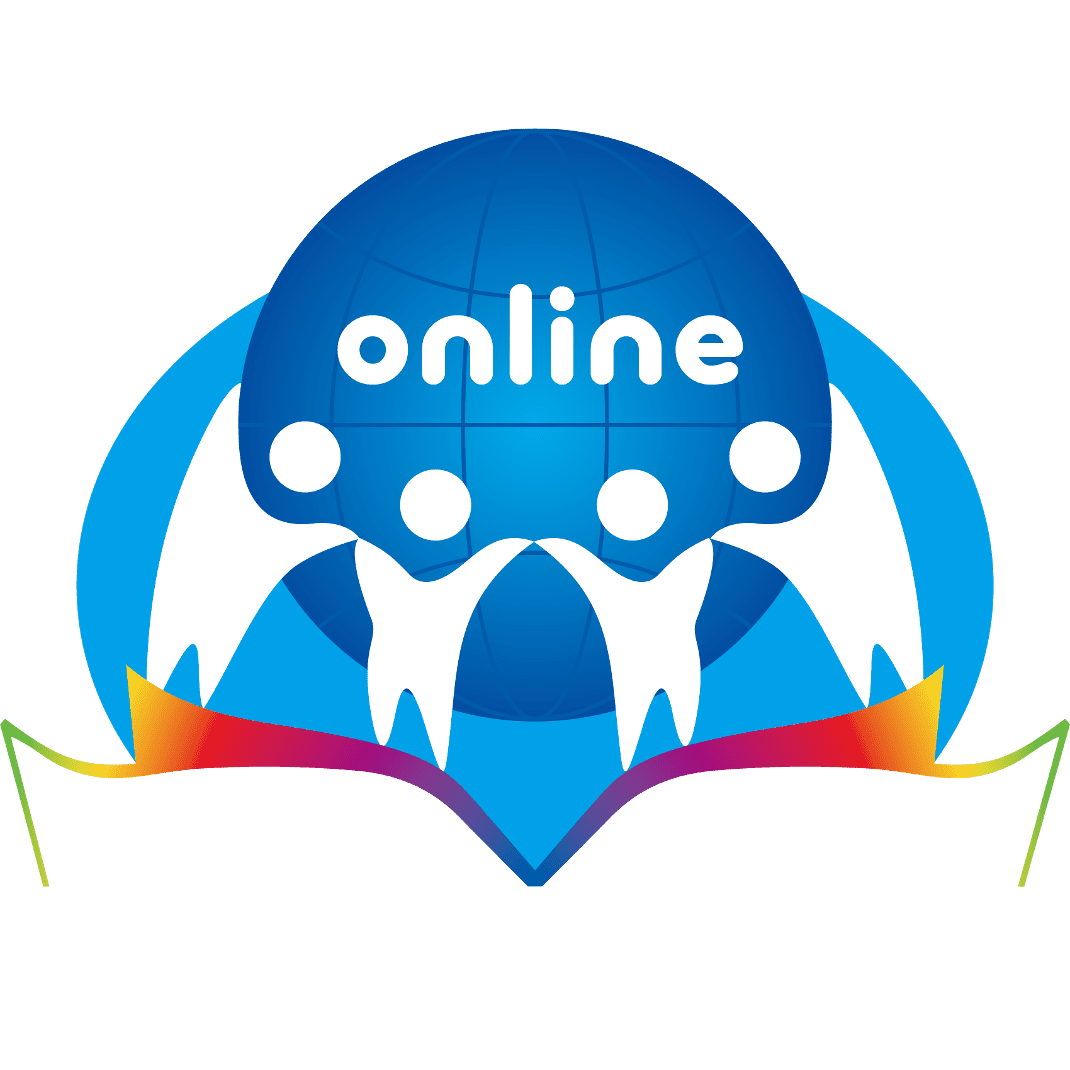
![[OED Host Reflect] WANG Qiyun: “AI as a teaching, peer, teachable, motivational agent”](https://n6m6d6c3.rocketcdn.me/wp-content/uploads/2023/05/Screenshot-2023-06-05-at-23.29.57-768x433.png)
![[GMA Award 2023] Engineering Computation](https://n6m6d6c3.rocketcdn.me/wp-content/uploads/2023/12/GMA-Award-2023-2-NTU-768x432.png)

